
Research group of Saskya van Nouhuys, Centre for Ecological Sciences, IISc, Bangalore, India
Highlights from Recent Work
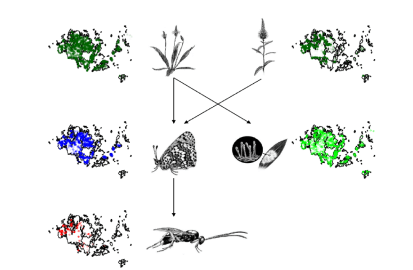
Strong direct and indirect interactions between species impact the performance of individuals. However, their impact is mostly swamped out by spatial and temporal variation of host plant quality.
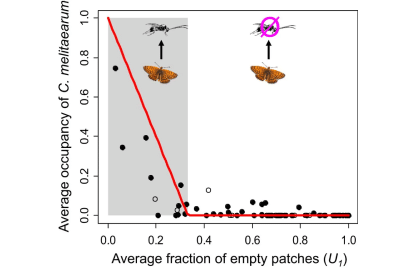
Higher trophic level species, such as parasitoids, only persist in habitat patch networks with a high host occupancy
Wang, S., Brose, U., van Nouhuys, S., Holt, R. D. and Loreau, M. 2021 Metapopulation capacity determines food chain length in fragmented landscapes. Proceedings of the National Academy of Sciences, 118, e2102733118.
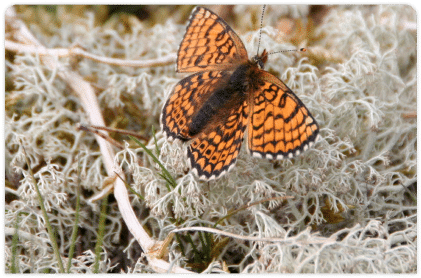
Long term population genetic structure of interacting species
The genetic signature of introduced parasitoid wasp lineages gives us a window into what has happened in an island archipelago over the 25 years since their accidental introduction, including persistence through population bottlenecks, dispersal and interbreeding, as well as sorting among lineages depending on interaction between a hyperparasitoid and bacterial symbiont.
@duplouy_anne @abhevo @Saskyavn @ParasitoidEcol. This was one of most downloaded papers in Molecular Ecology in 2021! See the press release in English or in Swedish, and the article about it in The Guardian
The article:
Duplouy A., Nair A., Nyman T., and van Nouhuys S. (2021). Long-term spatio-temporal genetic structure of an accidental parasitoid introduction, and local changes in prevalence of its associated Wolbachia symbiont. Molecular Ecology. doi: 10.1111/mec.16065
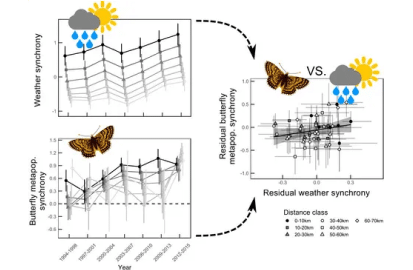
Causes of spatial synchrony of butterfly population dynamics
During the last 20 years the population dynamics of the Glanville fritillary butterfly has become increasingly spatially synchronized over the Åland islands. We tested several possible mechanisms for this increased spatial synchrony and found that it is closely associated with increased
synchrony of some aspects of weather, and is not driven by other aspects of weather, or by natural enemies. Kahilainen, A., van Nouhuys, S., Schulz, T. & Saastamoinen, M. (2018) Metapopulation dynamics in a changing climate: Increasing spatial synchrony in weather conditions drives metapopulation synchrony of a butterfly inhabiting a fragmented landscape. PDF
Global Change Biology, doi:10.1111/gcb.14280
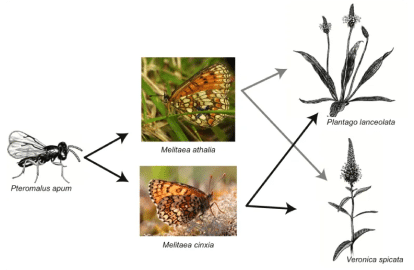
Pattern of specificity of a generalist parasitoid wasp
Entomologia Experimentalis et Applicata, 10.1111/eea.12657
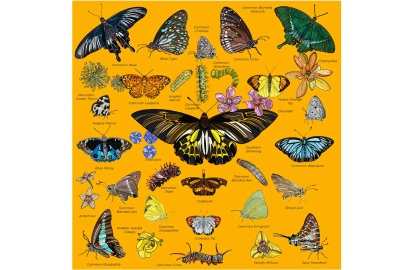
Effects of extreme weather events on butterfly behaviour in the urban environment of Bangalore, India
Research Topics
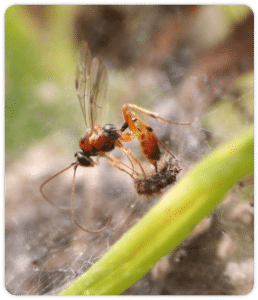
Behavioral Ecology
Our goal is to link what individuals due to larger scale consequences. There is a long history of conceptually linking foraging...
Read More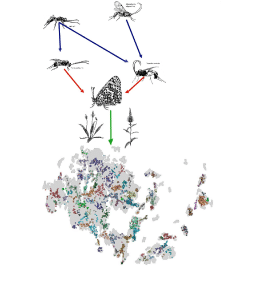
Community Ecology
Environmental changes such as habitat loss, agriculture and global warming are altering the composition of animal and plant..
Read More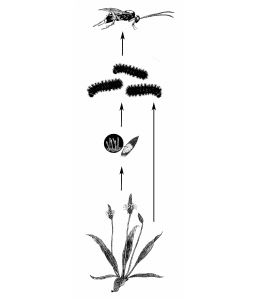
Multitrophoic Interactions
Species influence each other directly as well as via intermediaries. For instance the effects...
Read More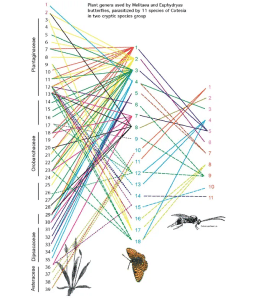
Ecology, biological Control and evolution in agricultural systems
Jervis, M.A. Kidd, N.A.C., Mills, N.J., van Nouhuys, S.Singh, A., Yazdani,...
Read More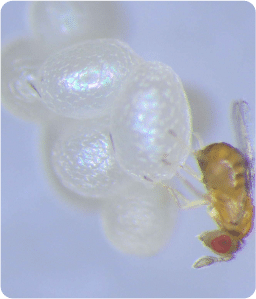
Cryptic Species groups of parasitoids
Parasitoid wasps are good for examining the ecological and evolutionary patterns that spring...
Read More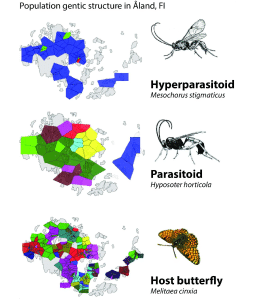
Population Ecology
We study the spatial population dynamics of closely interacting species in a fragmented landscape by examining their life history...
Read More
